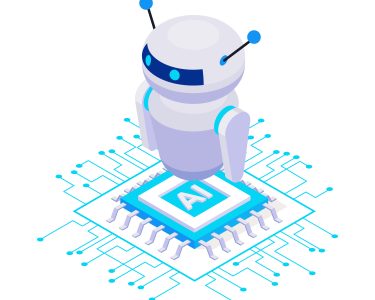Introduction to Multi-Agent Systems
Multi-agent systems (MAS) are a type of artificial intelligence that enables a group of agents to work together to solve complex problems. MAS can be used to tackle a wide range of complex projects, from designing new products to managing large-scale logistics operations.
In many ways, MAS is well suited to tackling complex projects. First, because MAS involves multiple agents working together, it can harness the collective intelligence of a group. This collective intelligence can be used to identify and solve problems that individual agents would not be able to detect or resolve on their own.
Second, MAS is highly adaptable and scalable. The number of agents in a MAS can be increased or decreased as needed, and the agents can be reconfigured to meet the specific requirements of a project. This makes MAS particularly well suited for projects that are constantly evolving and require flexible solutions.
Finally, MAS is capable of handling large amounts of data and making decisions in real time. This is essential for projects that involve managing large-scale operations or responding to dynamic changes in the environment.
Overall, MAS provides a powerful tool for solving complex problems efficiently. If you’re facing a complex project, consider using MAS to get the job done quickly and effectively.
Multi-Agent Systems in Action
Multi-agent systems (MAS) are distributed systems composed of autonomous agents that interact with each other to solve complex problems. MAS have been used in a variety of domains, including logistics, traffic control, manufacturing, and supply chain management.
In recent years, MAS have gained popularity as a tool for tackling complex projects efficiently. This is due to the fact that MAS can parallelize tasks and optimize resources usage. In addition, MAS can handle dynamic and unpredictable environments better than traditional centralized systems.
One notable example of an MAS in action is the Open Agent Architecture (OAA), which was developed by NASA Ames Research Center. The OAA is used to control a fleet of Mars rovers. Each rover is equipped with an on-board agent that autonomously decides how to best complete its assigned tasks. The rovers communicate with each other and share information about their surroundings, which allows them to plan their actions more effectively.
Another example of an MAS in action is the Smart City Project in Amsterdam. This project uses a multi-agent system to manage energy consumption in the city. The system consists of thousands of sensors that collect data about energy use, weather conditions, and traffic patterns. This data is then processed by algorithms that determine the best way to reduce energy consumption. For example, the system might suggest that office buildings should be cooled at night when there is less demand for electricity.
The benefits of using MAS to tackle complex projects are clear. By parallelizing tasks
Tips for Getting Started with Multi-Agent Systems
Multi-agent systems (MAS) are a powerful tool for tackling complex projects efficiently. But how do you get started with MAS? Here are some tips:
1. Define the problem you’re trying to solve. What are the goals of your project? What are the constraints? What type of environment will the agents be operating in?
2. Identify the different types of agents that could be used to solve the problem. What skills and knowledge do they need? How will they interact with each other?
3. Design the agent architecture. This includes specifying the agent roles, responsibilities, and interactions.
4. Implement the MAS. This step involves writing code to instantiate and run the agents according to the design specifications.
5. Evaluate the performance of the MAS. Are the goals being achieved? Are there any bottlenecks or problems?




